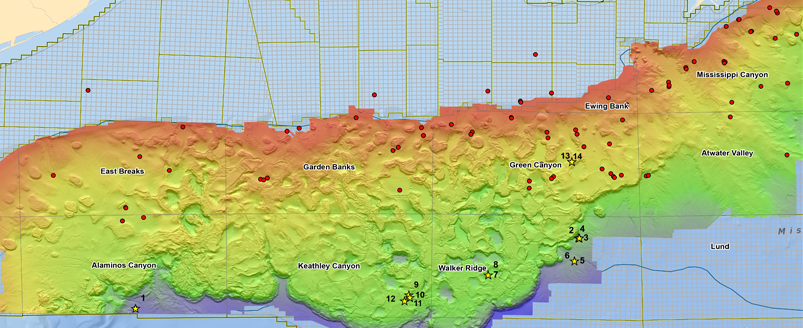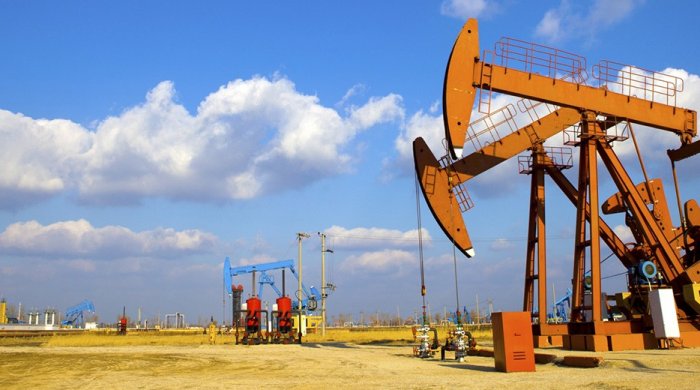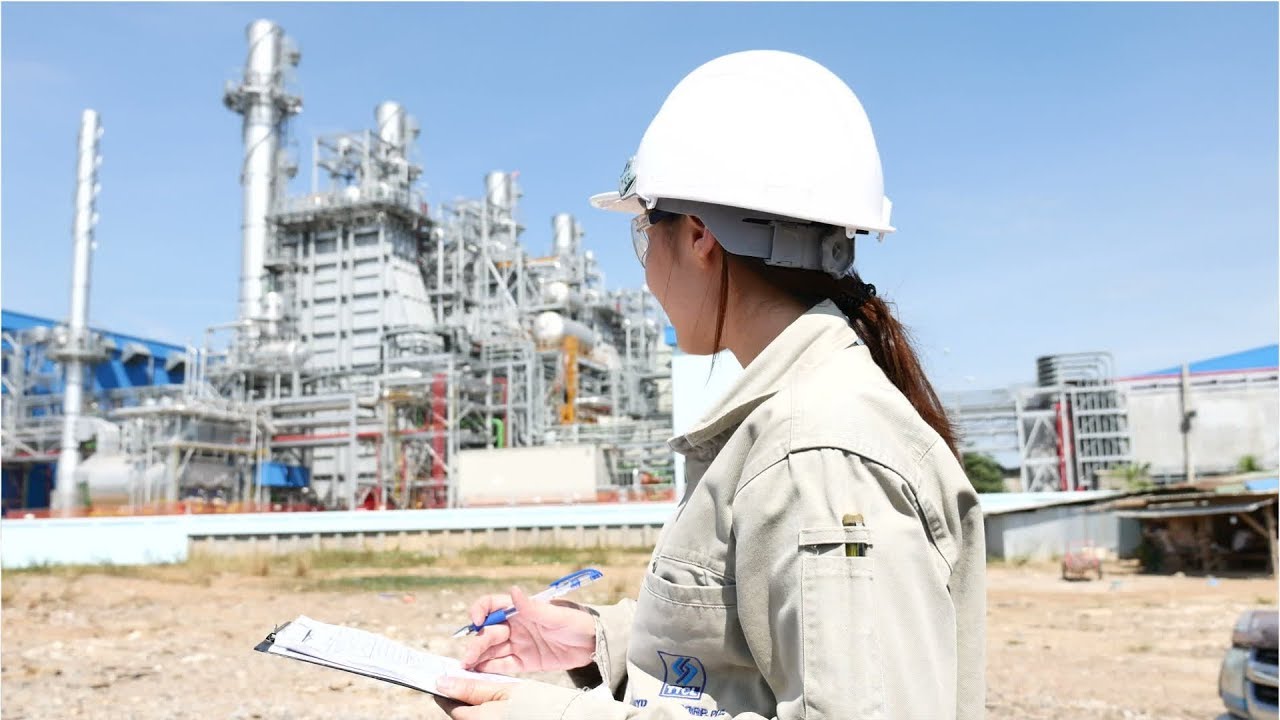

Throughout the course the participants are encouraged to think about big picture volume in-place, static modelling and dynamic reservoir simulation.
By the end of this course, delegates will be able to know about:
Geologists, Geophysicists, Reservoir Engineers, Production Engineers, Petrophysicists, Petroleum Engineers, Drilling Engineers, Field Development Engineers, Managers, Asset Managers, Oil & Gas Engineers, Reservoir Operators, Surveillance Engineers, Technicians, Engineering Trainees, Technical Managers, Technical Assistants, Technicians, Chemists, Physicists, Technical Supervisors, Service Company Personnel responsible for improving the performance of petroleum reservoirs, Engineers involved in the evaluation of 2D and 3D seismic data, Technical and business professionals such as Landmen, Administrators, Executive Assistants, and Finance and Planning Professionals working in the oil and gas industry who would like the basics of the “science” of oil business, Land and royalty owners, as well as recent geology and geophysics graduates who would like an overview of the petroleum geophysics
This interactive Training will be highly interactive, with opportunities to advance your opinions and ideas and will include;
BTS attendance certificate will be issued to all attendees completing minimum of 80% of the total course duration.
| Code | Date | Venue | Fees | Register |
|---|---|---|---|---|
| GE117-01 | 26-04-2026 | Cairo | USD 5450 | |
| GE117-02 | 12-07-2026 | Dubai | USD 5450 | |
| GE117-03 | 04-10-2026 | Jeddah | USD 5450 | |
| GE117-04 | 20-12-2026 | Dubai | USD 5450 |

Technological advances in all areas of petroleum exploration and exploitation, along with rapidly increasing computing power, are providing the tools to better manage providing the tools to better man ...

Integrated management examples for new and mature fields and for a water flooding are discussed in a workshop environment. The fundamentals of integrated reservoir management involving objective setti ...

This course will emphasize the concepts that are most important for a reservoir engineer to analyze, understand, describe, and recommend reservoir engineering procedures, including rock and fluid prop ...

This course offers both the fundamentals of oil and gas reservoir engineering and the practical applications to conventional and unconventional (fractured, tight gas) reservoir problems. Estimation of ...
Providing services with a high quality that are satisfying the requirements
Appling the specifications and legalizations to ensure the quality of service.
Best utilization of resources for continually improving the business activities.
BTS keen to selects highly technical instructors based on professional field experience
Since BTS was established, it considered a training partner for world class oil & gas institution
1st floor, Incubator Buildingو Masdar City, Abu Dhabi, UAE
Sun to Fri 09:00 AM to 06:00 PM
Contact Us anytime!
Request Info